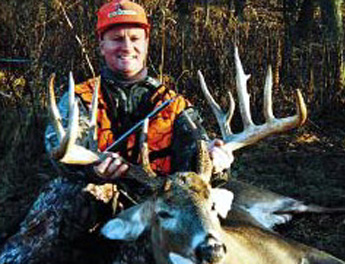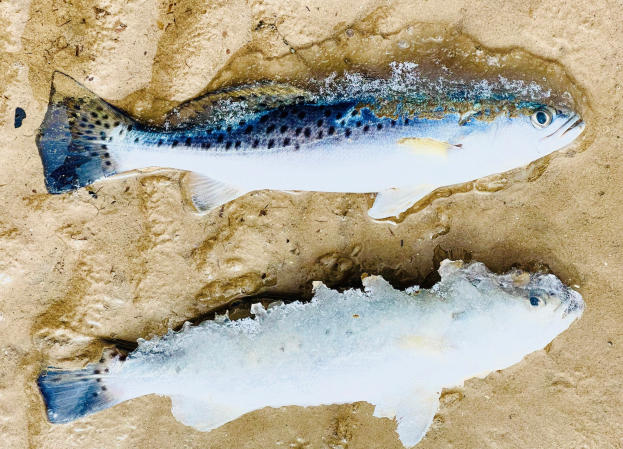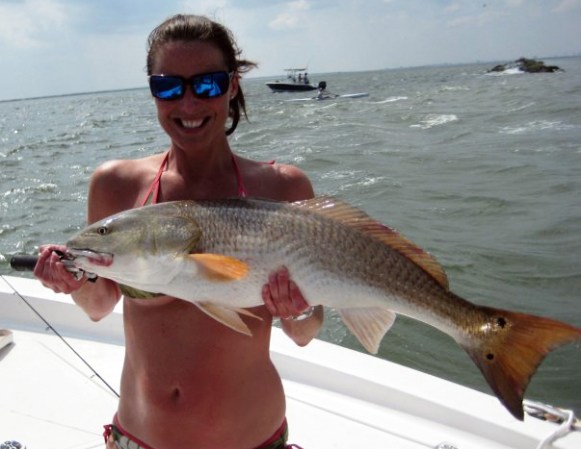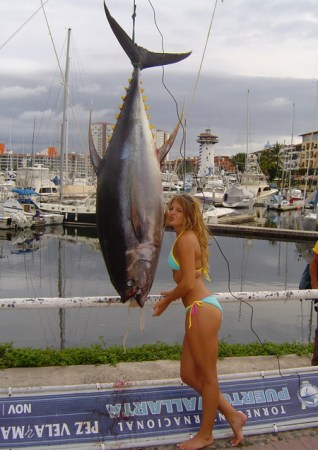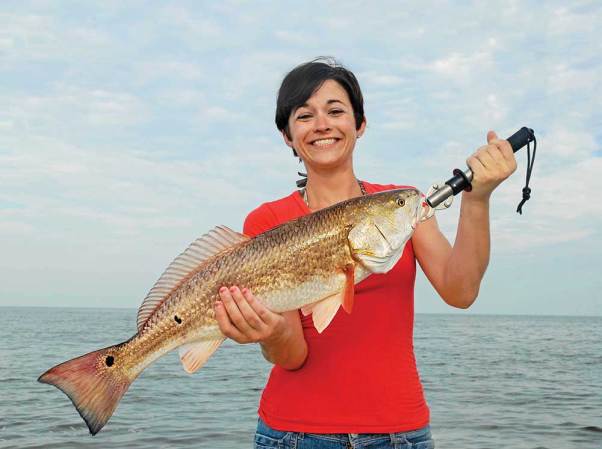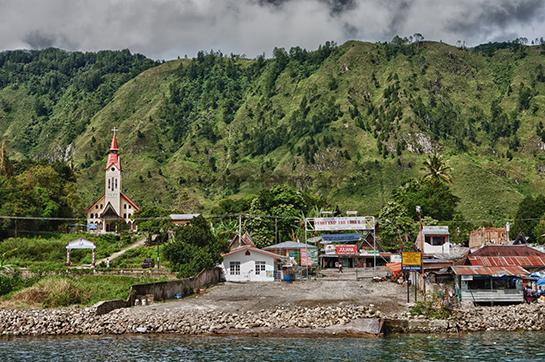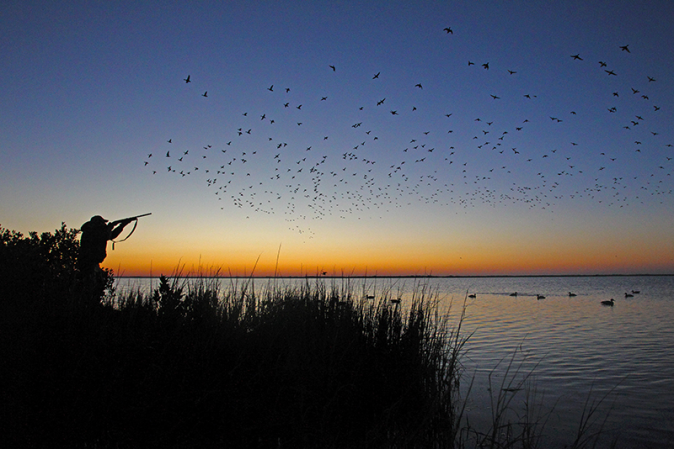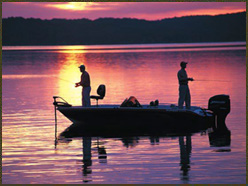June means three things to smart Dixie sportsmen: Bream, speckled trout and deer. I know what you’re thinking: Bream and speckled trout make sense. But deer? In June? Not in my state! Patience. I’ll explain deer later. But first the easy stuff.
Bream on the Bed
If you’re like most Southern anglers, a bream was your first fish-and probably your first outdoor experience. On a magical summer morning one June you helped your dad dig worms from your mom’s garden, then set off in the station wagon for a nearby pond, lake, bayou, canal or lagoon. Shortly after that your eyes and heart were glued to a small red-and-white cork floating on a patch of water sparkling in the summer sun. And shortly after that the cork disappeared-and you were hooked for life.
June is when bream are bedding down across most of the South, gathering in numbers large enough to keep even the youngest angler’s attention. You don’t need expensive equipment. Just a cane pole, a small, thin hook, a box of worms or crickets and that red-and-white cork.
Some of the best bream fishing this summer will be found at Sardis Lake and Tunica Cutoff in Mississippi. Lake Talquin, near Tallahassee, is expected to have another huge crop of fist-sized fighters, while Georgians can count on the long, shallow flats of Lake Seminole to produce stringers of bream as well. Texans looking for plenty of fun should travel to Toledo Bend and fish the beds that spread along shaded, sandy shelves. And Arkansas anglers anxious to revive their first fishing memories won’t find a better place in June than Lake Ouachita, where bream take the headlines every year.
Spawning Speckled Trout
There is another June fishing tradition in the South: speckled trout. From North Carolina’s Outer Banks to the southernmost tip of Texas’ Laguna Madre, June is spawning time for specks, which means the best chance for coastal anglers to find not only great numbers of fish, but also trophies.
During the winter months specks tend to spread out into deeper water inside the beach line and in the near-shore Gulf and Atlantic. As the water temperature drops, so does their metabolism. The fish can be hard to find and harder to catch. But as the water starts warming in May, specks come out of their holes and begin congregating in large schools over reefs near coastal passes for spawning.
Among the very best spots to find numbers and size are Louisiana’s Calcasieu Lake, Timbalier Island and Chandeleur Island, Texas’ Laguna Madre, and Florida’s Indian River country. Other hot spots include Alabama’s Mobile Bay, Georgia’s Savannah River estuary and Louisiana’s Barataria Bay estuary.
Start Scouting Deer
Now, what about deer in June?
Obviously I’m not talking about hunting them. But I’m also not talking about working on your accuracy with bow or rifle. June-and the rest of the summer for that matter-is an excellent time to scout for public lands with good deer-hunting potential.
You do this by contacting your state deer study leader and getting the latest harvest figures for wildlife management areas and other public property. You’re looking for total deer harvest, average hunter success measured in days hunted per deer killed, and the quality of the deer taken-average live weight and points.
Once you’ve found the most promising habitats, you can spend the rest of the summer scouting it on the ground, learning what you’ll need to plan the perfect fall hunt.
